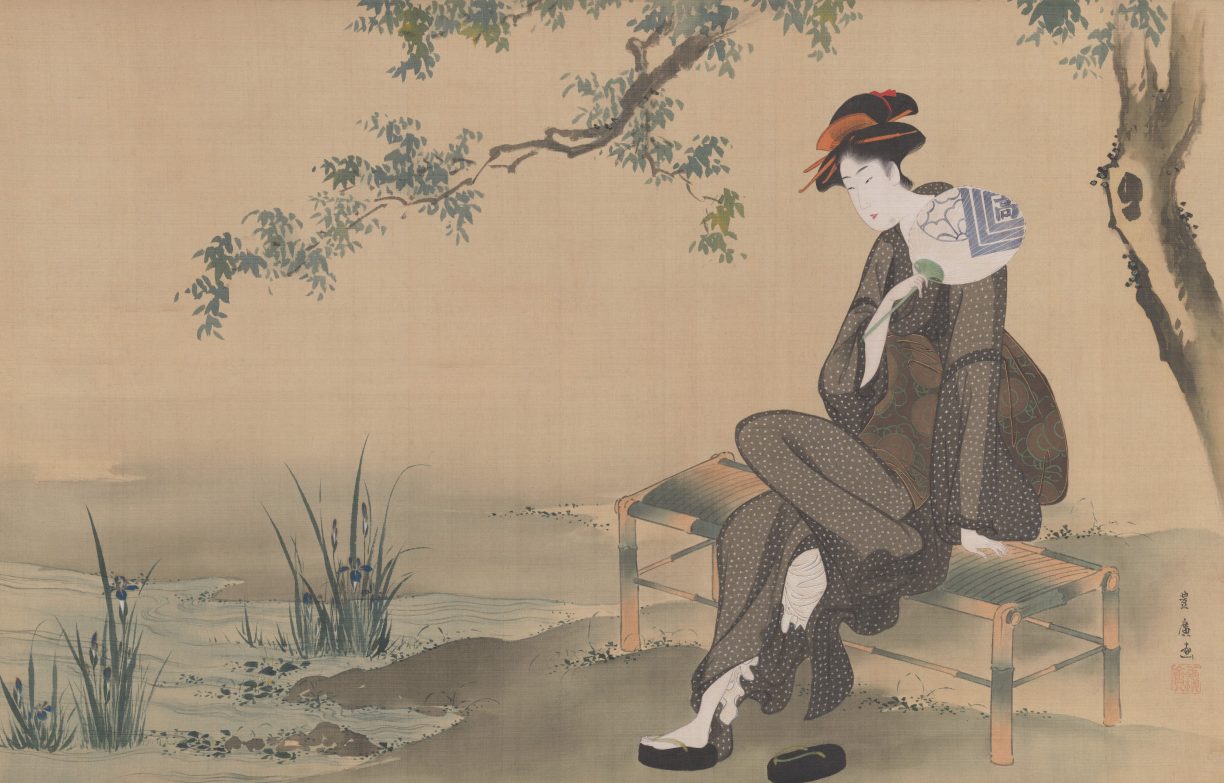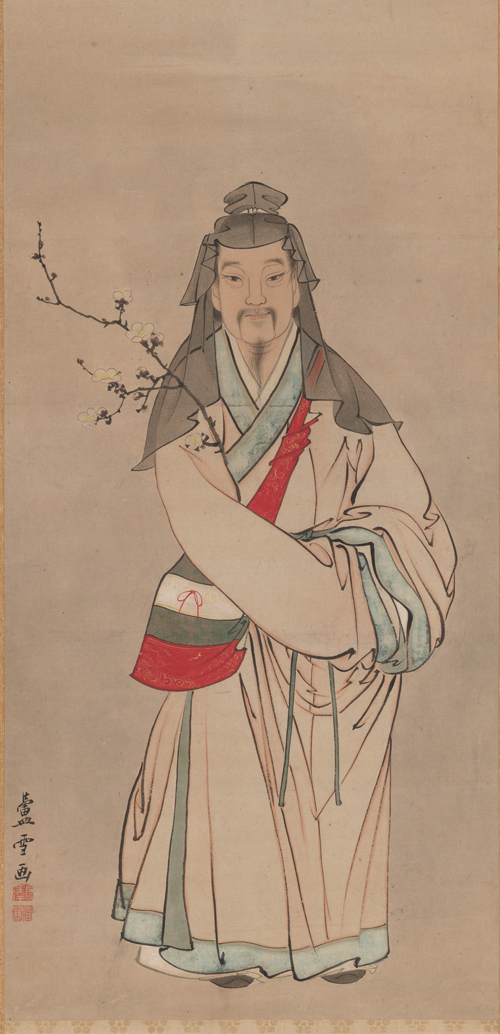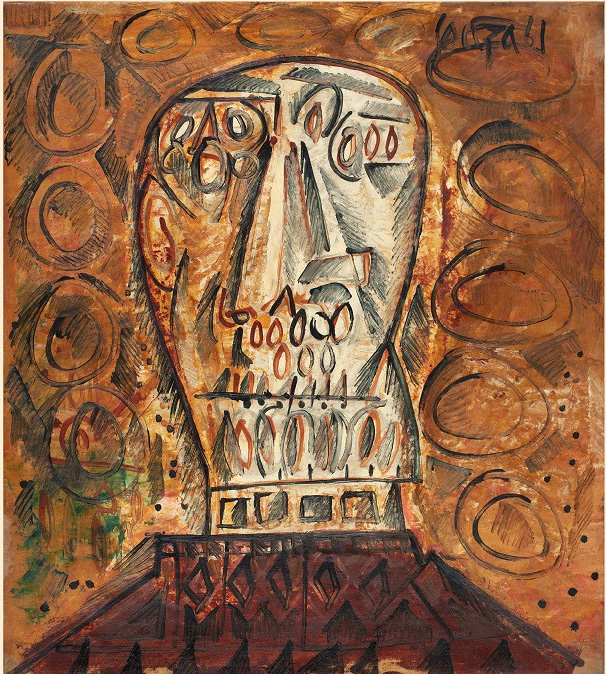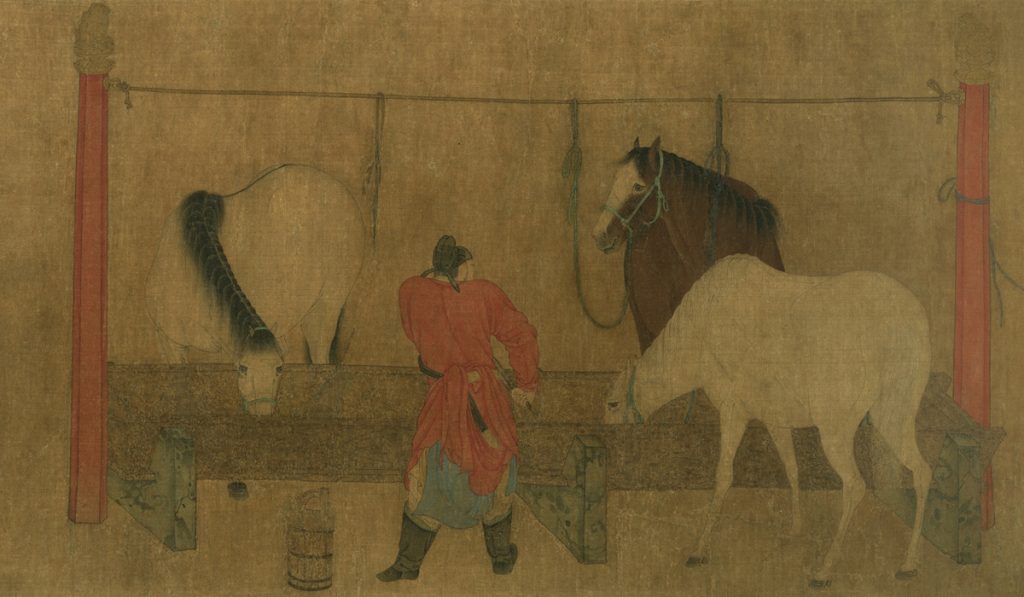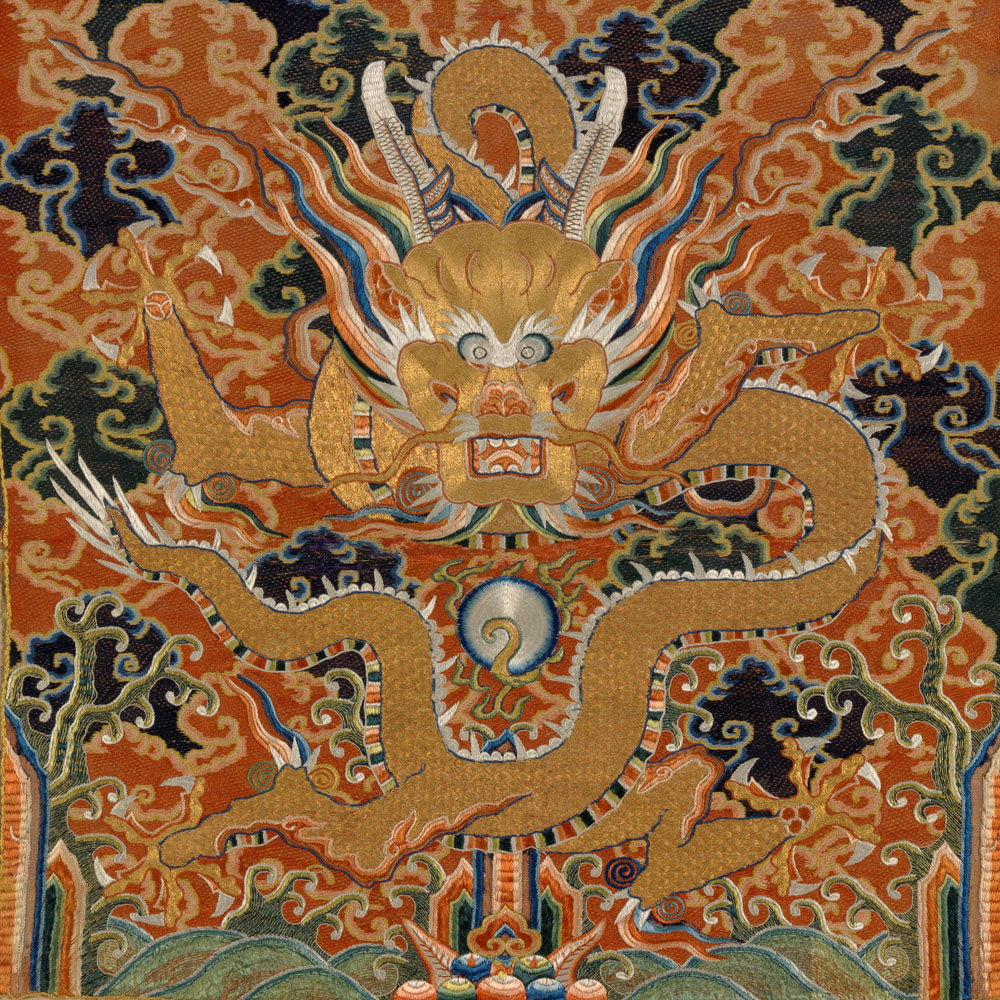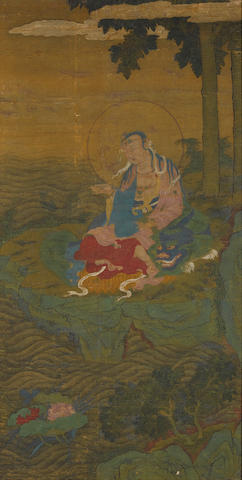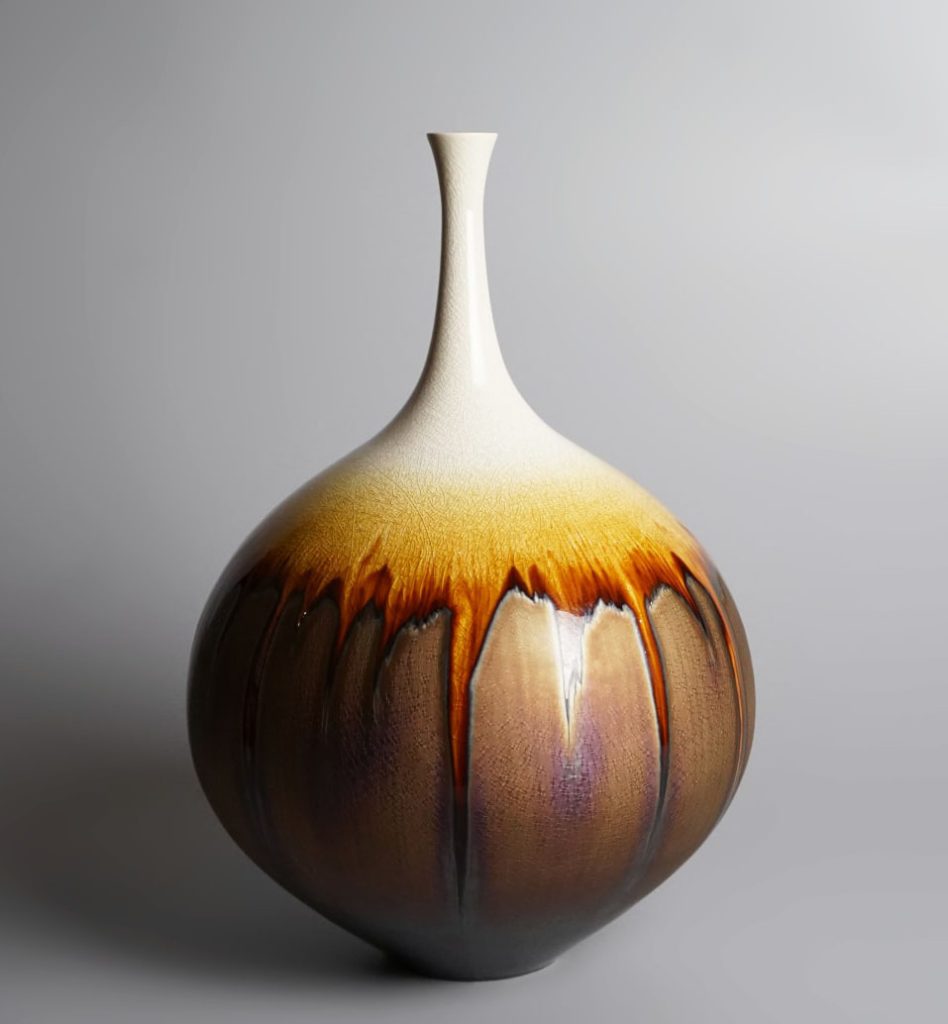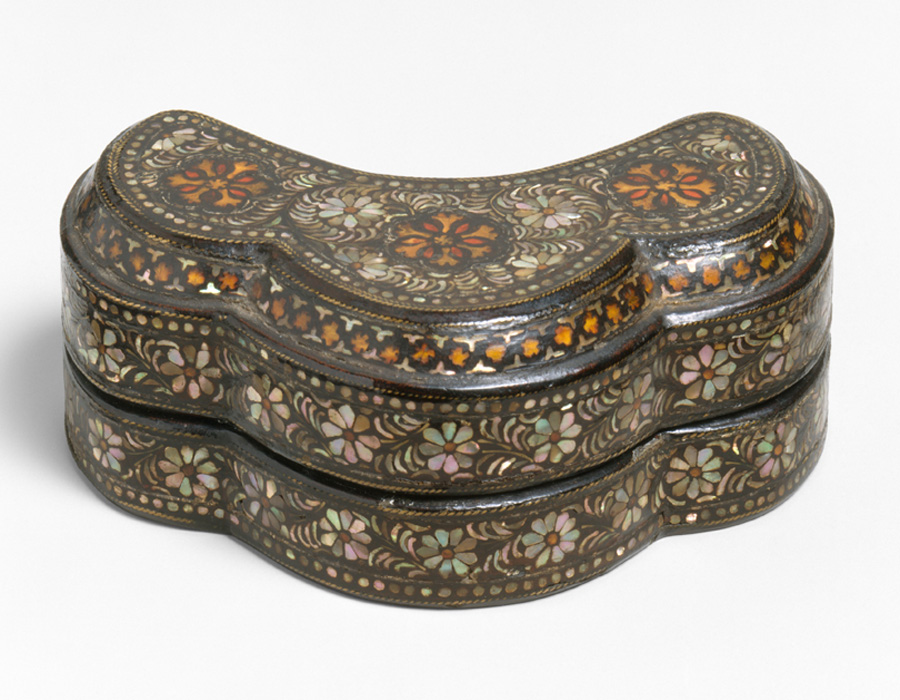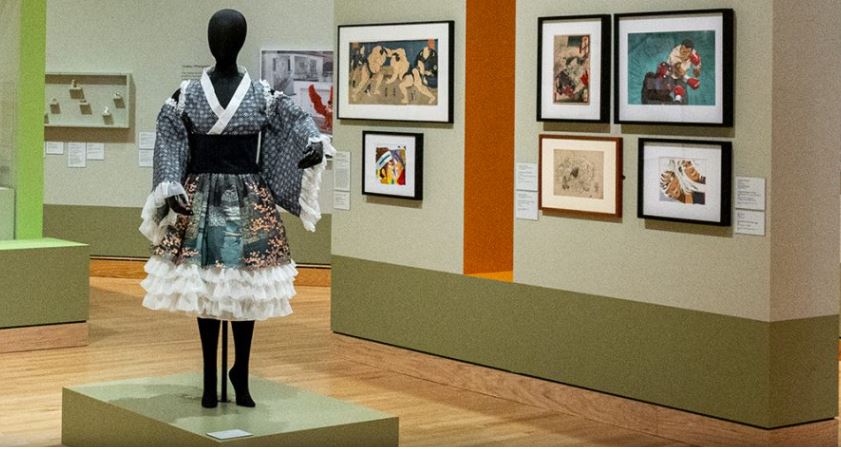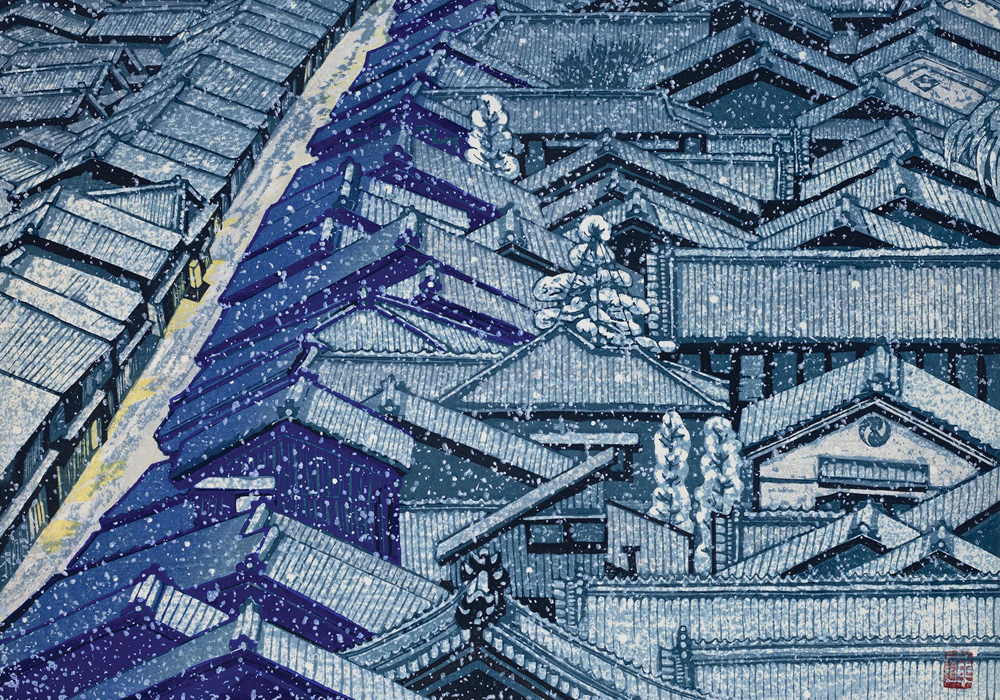Bonhams three new Asian art specialists, (left to right) Hannah Thompson, I-hsuan Chen and Philip Hafferty
Bonhams recently appointed Hannah Thompson as the West Coast Head of Asian Art, based in Los Angeles. Working with a team of experienced Asian art specialists across the U.S. led by Dessa Goddard, Hannah will assume responsibility for managing Bonhams Asian Art department in Los Angeles, including client development, business getting, appraisal, selling strategies and operations.
Hannah brings to Bonhams extensive experience in both commercial and academic sectors of the art world, having held positions at the Metropolitan Museum of Art, the Palace Museum Taipei, the Los Angeles County Museum of Art, and the University of California Berkeley. She was most recently Chinese Works of Art specialist for Sotheby's.
In New York I-Hsuan Chen and Philip Hafferty have joined Bonhams’ Chinese Art and Japanese Art departments, respectively.
I-Hsuan Chen is now Senior Specialist for Chinese Art at Bonhams in NY. Starting her career at the Brooklyn Museum's Department of Asian Art, I-Hsuan contributed to surveys of Korean art, Japanese screens, Chinese paintings and Tibetan thangkas. Her expertise in ancient Chinese art developed while working alongside eminent art dealer James J. Lally, where she was responsible, among various tasks, for the research and operations of J.J. Lally & Co.'s annual exhibition and sale. I-Husan holds a Bachelor's degree from Tung-Hai University in Taiwan and a Master's degree from Pratt Institute in NY.
Philip Hafferty holds the post of Junior Specialist for Japanese Art at Bonhams in NY. Before joining Bonhams, Philip worked for Koichi Yanagi Oriental Fine Arts in NY, where he specialized in both Japanese antiques and contemporary ceramics, textiles and glass artworks. He holds a Master's degree in Art History from the University of Washington and a Bachelor's degree in East Asian Studies from Harvard University. He also completed a year-long study of the Japanese language at Waseda University in Tokyo, and received a fellowship to study for a year in the non-Japanese students' division of Urasenke Gakuen Professional College of Chado (tea ceremony) in Kyoto, Japan. He is a licensed instructor in the Urasenke Chado Tradition.
